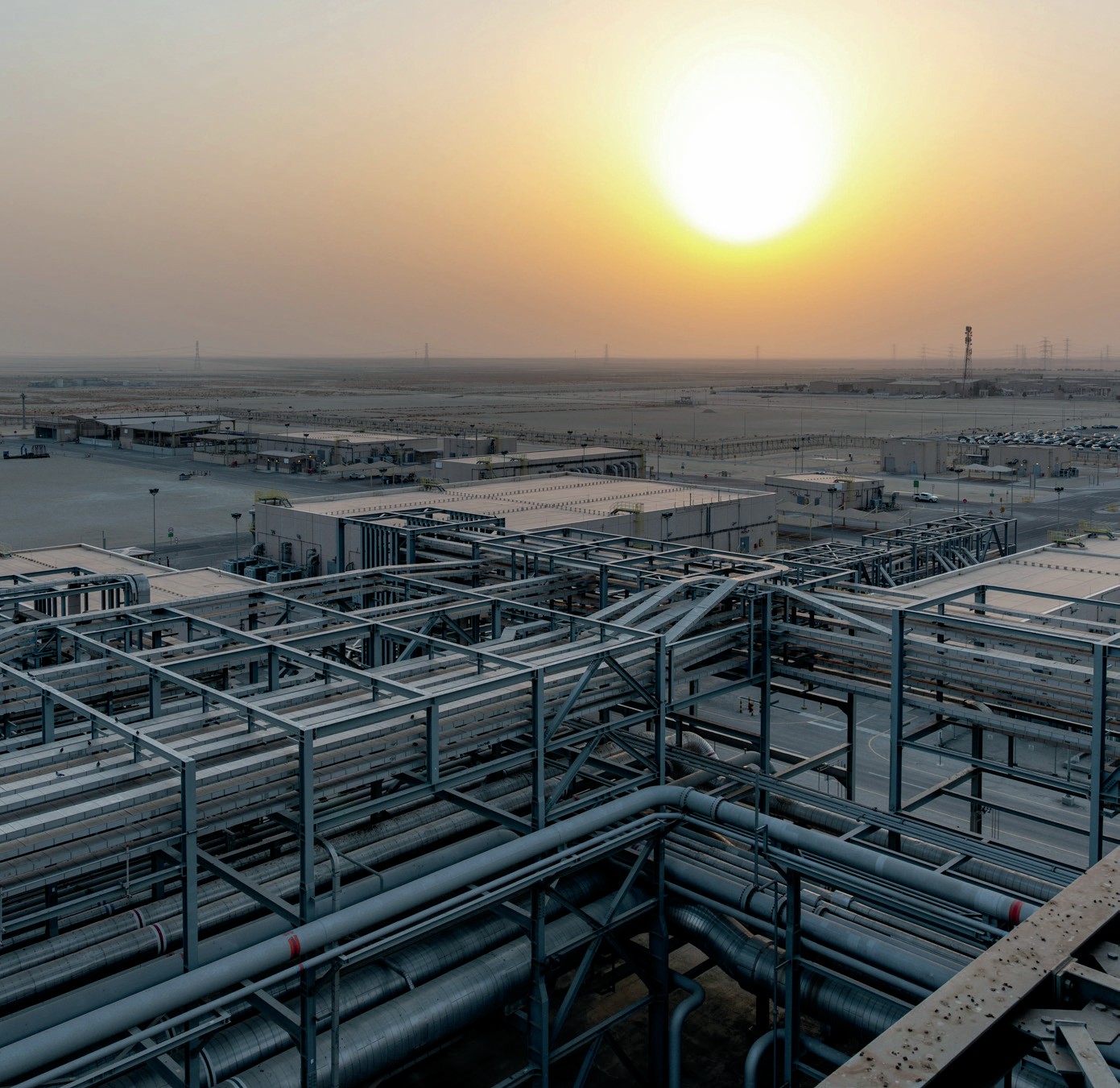Nitrogen+Syngas 392 Nov-Dec 2024

30 November 2024
Political threats loom large

“Regional tensions have already caused urea prices to spike in early October…”
While underlying supply and demand criteria continue to set floors and ceilings for nitrogen and other syngas derived products, political events as ever have the potential to derail all calculations. While much attention has focused on the US election, the escalating crisis in the Middle East continues to have the potential to threaten fertilizer trade in multiple ways. As this issue was going to press, Israel had just launched its retaliatory missile strike on Tehran, on October 26th, the latest in a series of tit for tat attacks between Israel and Iran, in particular an Iranian missile strike on Israel on October 1st. The Iranian government appeared to be downplaying the results as “limited”, but said that it considered itself “entitled and obligated to defend itself”.
One of the potential scenarios is an Iranian attempt to blockade of the Straits of Hormuz, the narrow stretch of water between Oman and Iran that is the transit route for significant quantities of nitrogen, sulphur and phosphates. Around 31% of global urea exports, or 16.4 million t/a, are shipped from producers in the Arabian Gulf, west of the Strait of Hormuz. For ammonia the figure is 3.16 million t/a, or around 18%. Hormuz is also a major choke point for global energy flows, and one that the Islamic Republic of Iran has a history of highlighting. Iran threatened to shut Hormuz in 2019 and again in 2011/12, and during the Iran-Iraq war of the 1980s, the so-called ‘tanker war involved 168 attacks by Iranian forces and 283 by Iraq. Around a third of global liquefied natural gas (LNG) and a quarter of the world’s crude oil passes through the strait, which is just 21 miles wide at its narrowest point and stretches between an Omani enclave on the Musandam peninsula and mainland Iran to the north. Iran has seized multiple vessels in the strait this year and last, suggesting some were “linked to Israel”.
One of the issues for Iran is that it is itself a major exporter of ammonia and urea, and indeed has been exporting high quantities this year, most of it going to Brazil, Turkey or other countries in the region. Urea exports were over 450,000 tonnes in September 2024, up 12% year on year, taking the annual total to 4.4 million tonnes for Q1-Q3 this year, up 18%. Iran also exported 580,000 tonnes of ammonia for Q1-Q3 2024, with more than 80% destined for India. Iranian ammonia exports are up 28% this year so far.
Regional tensions have already caused urea prices to spike in early October, with Brazilian c.fr prices reaching $395/t, up $30/t. Offer prices into India have also increased. Demand in India is expected to provide a floor for urea prices in the short term and an escalation in the Middle East points to potential upside.
There are two key risks to fertilizer markets from the current escalation in the Middle East. The first is a repeat of the ‘war-risk premium’ that was last seen in June 2019. While there is a possibility of marginal arbitrage opportunities as a result, the production costs of Arab Gulf producers remain among the lowest in the world. This would make a lower Middle East f.o.b. netback more likely, but it would be unlikely to upend markets. However, if vessel movements out of Hormuz were compromised for a sustained period, a significant proportion of nitrogen, phosphate and sulphur trade would be at risk.





